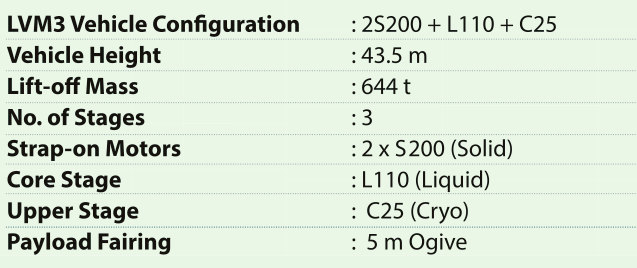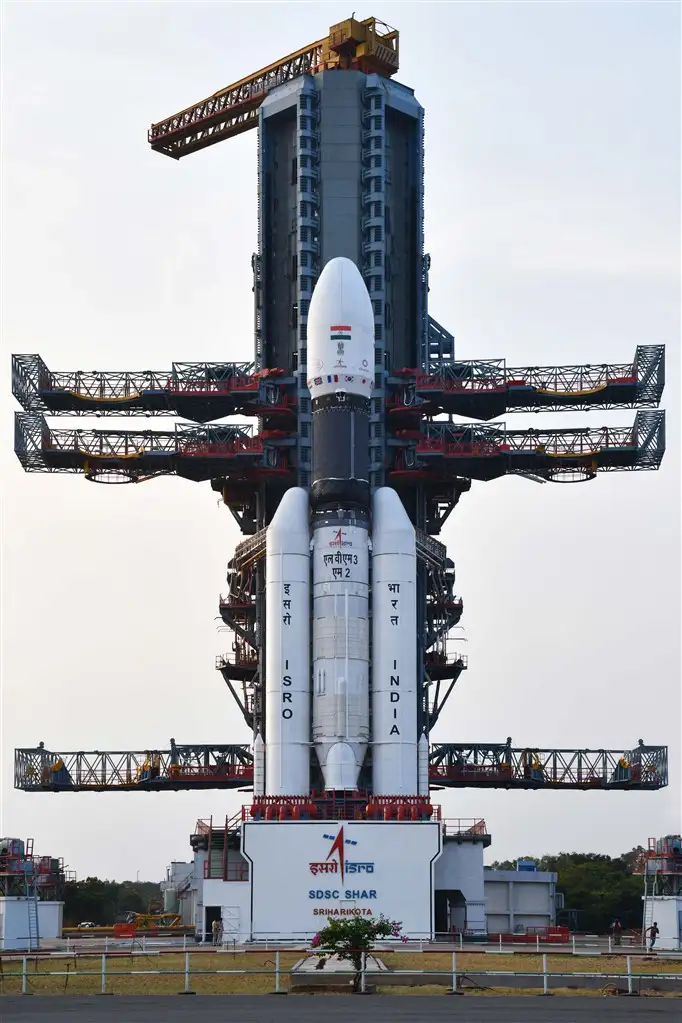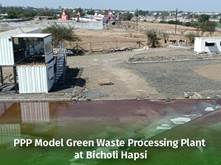
LMV3-M2 OneWeb India -1 Mission
Sriharikota: India successfully launched the heaviest vehicle LVM3 with 36 OneWeb satellites meant for global connectivity, today. This was one of the biggest commercial orders executed by ISRO. With this launch, the LVM3 enters into the global market in a grand manner, the Indian Space Research Organisation (ISRO) stated.
In its second operational flight, the LVM3 launch vehicle placed 36 satellites of OneWeb to their intended orbits taking off at 0007 hours today, from the second launch pad at Satish Dhawan Space Centre, Sriharikota, Andhra Pradesh.
All 36 satellites are placed into their intended orbits
A total of 36 OneWeb Gen-1 satellites of about 150 kg each totalling about 5,796 kg were launched to a circular low-earth orbit of about 601 km with an 87.4-degree inclination. The separation of satellites involved a unique manoeuvre of the cryogenic stage to orientation and re-orientation covering 9 phases spanning 75 minutes. OneWeb confirmed the acquisition of signals from the satellites.
OneWeb Gen-1 satellites utilize a bent-pipe technology approach to offer communication in Ku-band and Ku-bands. They are arranged in 12 orbital planes with 49 satellites in each plane at 1200 km.
The mission LVM3-M2 is the dedicated commercial satellite mission of NewSpace India Limited (NSIL), a central public sector enterprise under the Department of Space. The mission was undertaken as part of the commercial arrangement entered into between NSIL and United Kingdom’s Network Access Associates Limited (OneWeb Limited).
This was the fifth flight of LVM3 and was a dedicated commercial mission for a foreign customer through NSIL.

Prime Minister Narendra Modi congratulated Indian space agencies/organizations viz, NSIL, IN-SPACe and ISRO on the successful launch of heaviest vehicle LVM3 and tweeted that LVM3 exemplifies “Atmanirbharta & enhances India’s competitive edge in the global commercial launch service market”.
Calling the launch of LVM3 M2 a historic event, S. Somanath, Chairman, ISRO lauded the synergetic efforts between ISRO, NSIL, and OneWeb in realizing the mission in a record time. He specifically acknowledged the design and development of an inertial navigation system at LPSC for C25 operations.
– global bihari bureau






